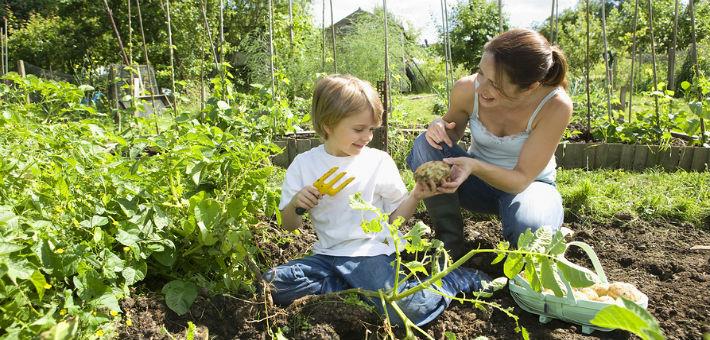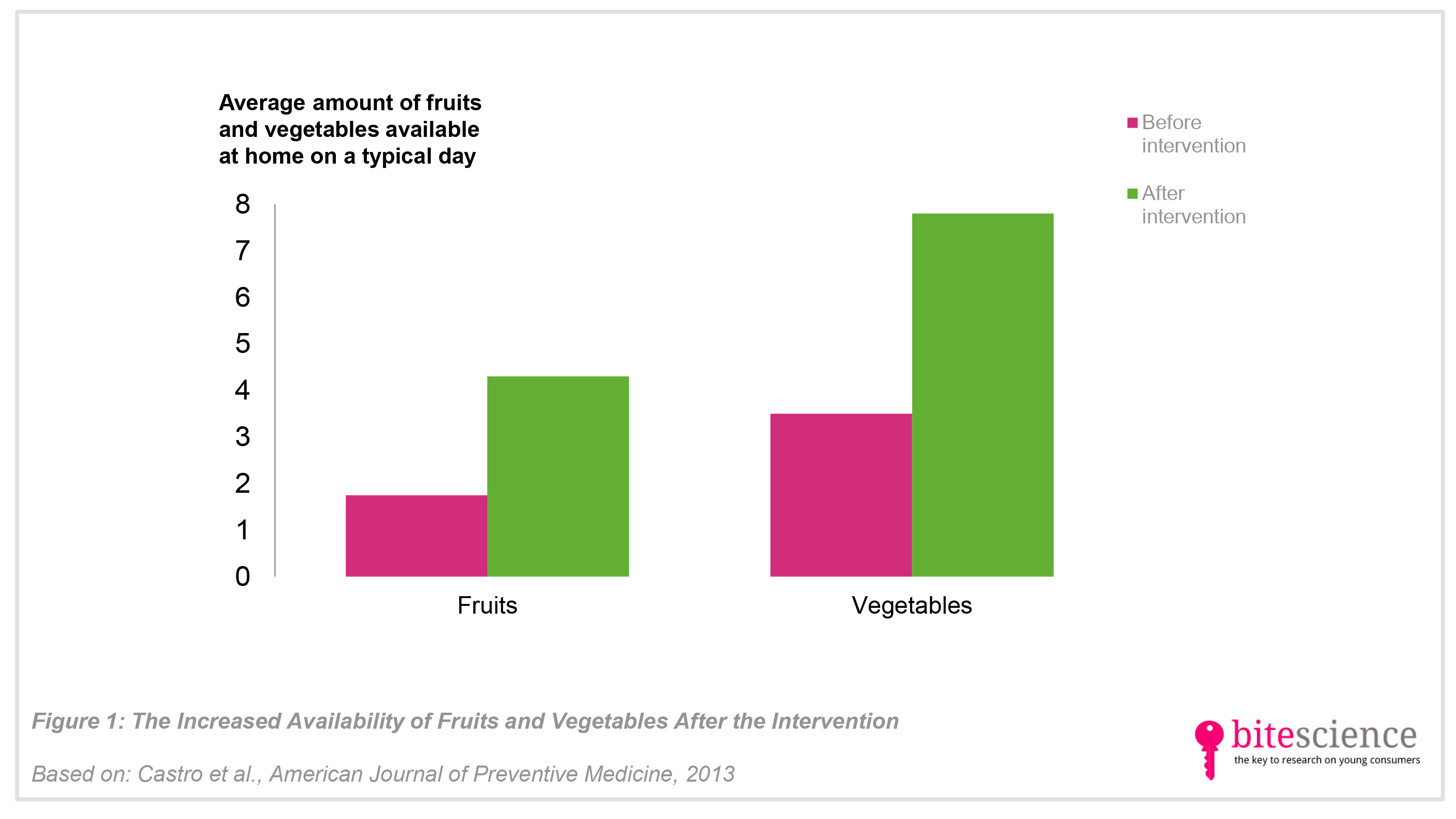
Community Gardens Stimulate Healthy Eating Among Low-Income Families
The prevalence of childhood obesity, especially among low-income children, is still quite disturbing. Health organizations try to stop this by developing all kinds of health interventions. However, success factors are not always clear. An American Journal of Preventive Medicine study gives insight into the learnings of a community garden-based obesity intervention (i.e., the Growing Healthy Kids Program). Community gardens are found to be pretty successful in increasing the access to and consumption of fruits and vegetables among low-income kids (2- to 15-year olds). The intervention improved BMI rates as well.
Take aways
- Participating in a community garden-based intervention, such as the Growing Healthy Kids Program (GHK), improves children’s access to and consumption of fruits and vegetables.
- The intervention can improve children’s BMI rates too.
- For success, it’s important to complement weekly gardening work sessions with other community activities as well, such as cooking and nutrition workshops, and social activities and events.
- For health organizations, it’s worth looking at ways to integrate community gardens in their health interventions.
Study information
The question?
Are community garden-based interventions successful in improving children’s access to and consumption of fruits and vegetables, and their BMI rates?
Who?
95 2- to 15-year olds and their families living in low-income communities (mean age: 6 years old; 59% were Latino)
Where?
A Southern state in the US
How?
The community garden intervention ‘Growing Healthy Kids’ was targeted to low-income families with at least one child under the age of 6. The intervention had a duration of eight months (from April through November) and contained weekly gardening work sessions, a 7-week cooking and nutrition workshop, and social activities/events in the community. Physical health was measured before and after the intervention by children’s BMI rates. To measure the change in children’s access to and consumption of fruits and vegetables at home, parents filled out a questionnaire before and after the intervention. The intervention and data collection took place in three consecutive years between the years 2008 to 2010.
Facts and findings
- By the end of the community garden intervention, 17% of the children who were overweight or obese (6 out of 36) improved their BMI rates.
- All children who were normal weighted at the start (53 kids), maintained this BMI classification by the end of the intervention.
- At the end of the intervention, parents reported that the amount of fruit of vegetables available in their homes increased (see Figure 1).
- Children’s consumption of fruits and vegetables increased as well (see Figure 2).
- Critical note: The researchers studied only 1 intervention, and the conclusions may not hold for all community-based interventions.

